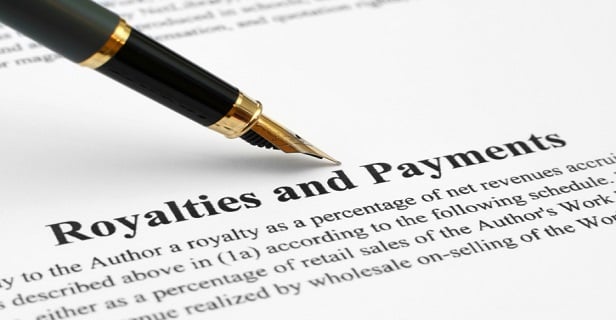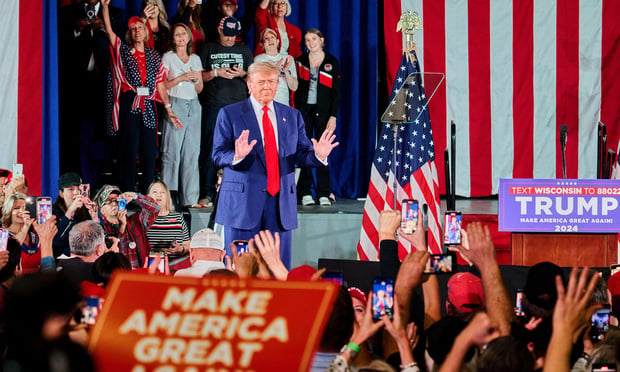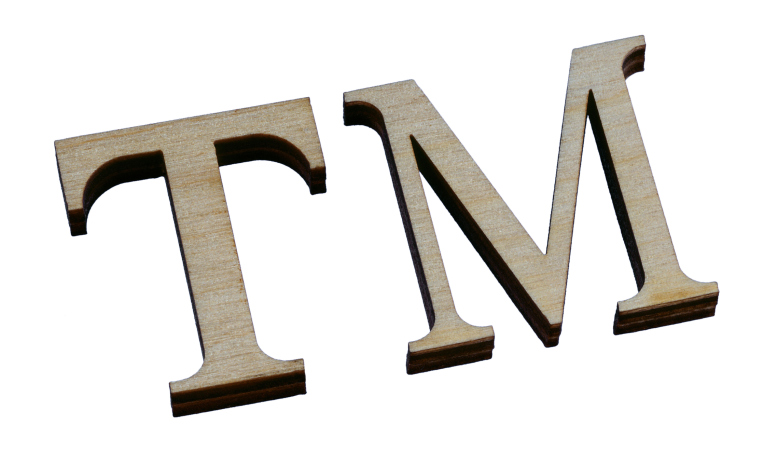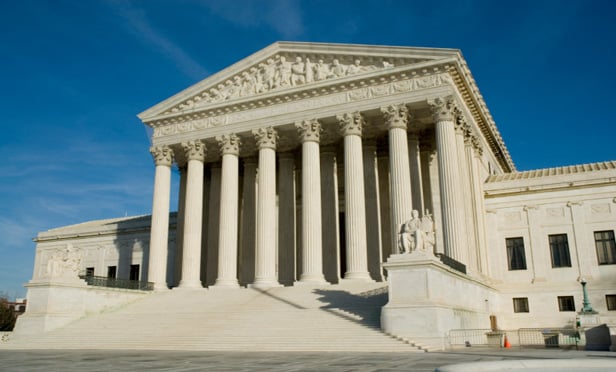Features

Can a Licensor Receive Royalty Payments Beyond the Life of Patent Protection?
How do you determine if ongoing royalty obligations that extend beyond the life of underlying patent protection, even if agreed to by the contracting parties, are enforceable? A recent decision by the U.S. Court of Appeals for the Third Circuit shows what types of license arrangements pass the test.
Features

The Seventh Circuit's Decision In 'Motorola v. Hytera': Examining the Extraterritoriality of the DTSA
Can a company's trade secrets misused abroad give recourse on the extraterritoriality of the Defend Trade Secrets Act? Yes, said the 7th Circuit in an important new case which provides a roadmap for future cases involving international trade secret theft, finding liability for foreign misappropriation triggered by a domestic act.
Columns & Departments
IP News
'Polaroid' and Online Self-Promotion: A Cautionary Tale
Features

Federal Circuit Decision Clarifies Obviousness-Type Double Patenting and Patent Term Adjustments In Allergan v. MSN Laboratories
On August 13, the Federal Circuit issued a precedential ruling that reversed the District of Delaware's application of the Federal Circuit precedent in In re: Cellect to invalidate a claim in an earlier-filed parent application over admittedly patentably indistinct claims in later-filed (and earlier-expired) child patents. This decision has resolved some substantial questions about the application of obviousness-type double patenting that had been raised by last year's In re Cellect decision.
Features

Hold On, I'm Suing: Artists' Protests over the Trump Campaign's Use of Their Music and What Some Courts Have Ruled in Similar Instances
When artists take action over political-campaign settings, it's usually in the form of a cease-and-desist letter sent to a candidate's representatives. In some instances, artists file lawsuits, but to date there's been just a smattering of notable court decisions. This article provides a refresher on these rulings as well as a look at the recent lawsuit by the estate of Isaac Hayes over the Trump campaign's use of the classic soul song "Hold On, I'm Coming."
Features

Using Unique Product Features or Designs to Register Trademarks
Brand identity extends well beyond a brand name to encompass various elements. To truly protect your brand, consider what other features or designs can be registered as trademarks.
Features

Eighth Circuit Expands Its Copyright Law Jurisprudence
The Eighth Circuit expanded its jurisprudence on copyright law twice in recent months. Addressing questions ranging from copyrightability to fair use, and arising from separate disputes involving a car dealership's customer intake form and a popular meme, these two opinions round out a body of just seven decisions on copyright law released by this appellate court in the past five years.
Features

Is Supreme Court the Next Step In Deciding ISP Copyright Infringement Liability?
A new appeal landed at the U.S. Supreme Court with potentially billions of dollars at stake for the music, movie and Internet industries. The question presented is whether internet service providers such as Cox Communications, AT&T and Comcast should be held liable for the copyright infringement committed by their users.
Columns & Departments
IP News
Federal Circuit: Affirms Preliminary Injunction on Cancer Assays Federal Circuit: Affirms Judgment of Unpatentability on the Pleadings for Claims Directed to Method of Assisting an Investigator in Conducting a Background Investigation
Features

Proactive Brand Defense: Why Warren Buffett's Advice Matters More Than Ever
Warren Buffett's wisdom rings true: "It takes 20 years to build a reputation and five minutes to ruin it. If you think about that, you'll do things differently." In our current landscape of social media and viral content, a brand's reputation — its most valuable asset — can be severely damaged in mere seconds.
Need Help?
- Prefer an IP authenticated environment? Request a transition or call 800-756-8993.
- Need other assistance? email Customer Service or call 1-877-256-2472.
MOST POPULAR STORIES
- The DOJ's New Parameters for Evaluating Corporate Compliance ProgramsThe parameters set forth in the DOJ's memorandum have implications not only for the government's evaluation of compliance programs in the context of criminal charging decisions, but also for how defense counsel structure their conference-room advocacy seeking declinations or lesser sanctions in both criminal and civil investigations.Read More ›
- The DOJ's Corporate Enforcement Policy: One Year LaterThe DOJ's Criminal Division issued three declinations since the issuance of the revised CEP a year ago. Review of these cases gives insight into DOJ's implementation of the new policy in practice.Read More ›
- Use of Deferred Prosecution Agreements In White Collar InvestigationsThis article discusses the practical and policy reasons for the use of DPAs and NPAs in white-collar criminal investigations, and considers the NDAA's new reporting provision and its relationship with other efforts to enhance transparency in DOJ decision-making.Read More ›
- Don't Sleep On Prohibitions on the Assignability of LeasesAttorneys advising commercial tenants on commercial lease documents should not sleep on prohibitions or other limitations on their client's rights to assign or transfer their interests in the leasehold estate. Assignment and transfer provisions are just as important as the base rent or any default clauses, especially in the era where tenants are searching for increased flexibility to maneuver in the hybrid working environment where the future of in-person use of real estate remains unclear.Read More ›
- Developments in Distressed LendingRecently, in two separate cases, secured lenders have received, as part of their adequate protection package, the right to obtain principal paydowns during a bankruptcy case.Read More ›
